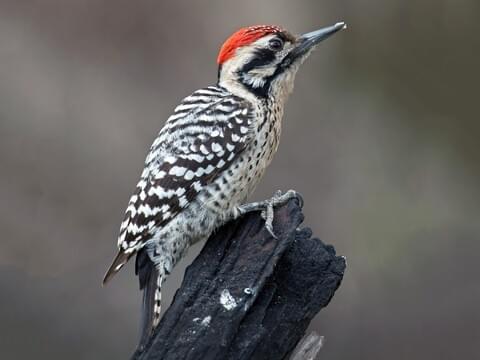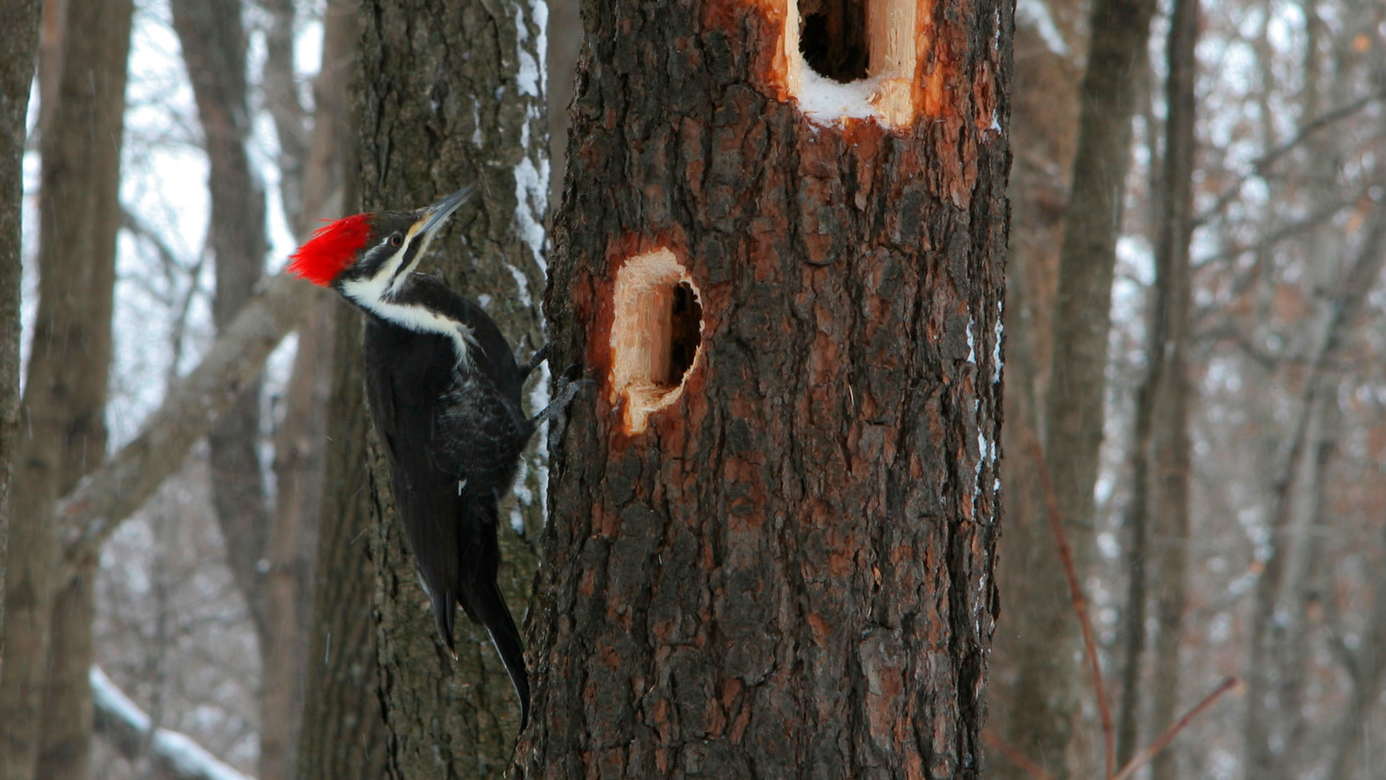Checking Out Woodpeckers in Florida Habitats: Where to Find These Birds
Wiki Article
Woodpeckers Unleashed: Exploring the Wonders of These Skilled Tree Mountain Climbers
Woodpeckers, with their unique markings and rhythmic drumming resembling via wooded locations, hold a special place in the bird world. Their specialized makeup and adaptations enable them to browse vertical surface areas with exceptional ability. Nonetheless, their mastery of tree climbing is simply one aspect of their remarkable habits. As we delve into the elaborate details of woodpeckers' nesting behaviors, feeding methods, and the recurring conservation initiatives to shield these amazing birds, a much deeper gratitude for their location in nature unfolds.Anatomy and Adaptations
When taking a look at the composition and adjustments of woodpeckers, one can observe amazing functions that make it possible for these birds to thrive in their specialized environmental specific niche. Woodpeckers are equipped with a suite of special physiological features that aid them in their woodpecking behavior. Among the most popular functions is their solid, chisel-like beak, which is specialized for drilling right into timber to uncover insects or create nesting cavities. This beak is sustained by strong neck muscles and a highly developed skull structure that works as a shock absorber, allowing woodpeckers to consistently peck at trees without causing brain injury. In addition, woodpeckers have zygodactyl feet, with 2 toes encountering forward and 2 dealing with in reverse, offering a company grasp on tree trunks while they look for food or drum for interaction.Additionally, woodpeckers have a distinct tongue structure that is long, barbed, and sticky, allowing them to remove pests from gaps in wood. This specialized adjustment enables woodpeckers to exploit a food resource that is unattainable to lots of other bird varieties. Overall, the anatomy and adjustments of woodpeckers showcase the remarkable transformative services that have permitted these birds to prosper in their arboreal habitat.
Drumming Actions
Having discovered the composition and adaptations of woodpeckers, the emphasis now changes to comprehending their drumming actions, a distinct element of their communication and territorial screens. Drumming is an important kind of communication amongst woodpeckers, serving numerous purposes such as developing territories, drawing in friends, and signaling alarm system. Each woodpecker varieties has a distinct drumming pattern that aids individuals recognize participants of their own types and distinguish them from competitors or killers.Woodpeckers produce drumming audios by rapidly pecking on powerful surfaces such as dead trees, energy posts, and even steel things, creating a collection of balanced beats. The intensity and speed of drumming can vary based on the function; for example, a quick drumming series may symbolize aggressiveness towards trespassers, while a slower and softer drumming pattern can suggest courtship (Woodpeckers in Florida). In addition, woodpeckers may change the regularity and duration of their drumming to share particular messages successfully
Nesting Behaviors
Exploring the nesting practices of woodpeckers exposes Continued fascinating insights into their reproductive habits and environment selections. Woodpeckers are understood for their distinct nesting choices, frequently excavating tooth cavities in trees to develop protected areas for elevating their young. These cavities serve not only as a nesting website but also as a protected sanctuary from predators and severe climate.Woodpeckers exhibit a high level of fidelity to their nesting websites, often returning to the same location year after year. This behavior highlights the importance of ideal habitat schedule for their reproductive success. The choice of a nesting website is vital for woodpeckers, with factors such as tree types, check my site height, and decay stage playing considerable roles in their decision-making process.
Surprisingly, some woodpecker varieties are understood to dig deep into numerous tooth cavities within their area, offering themselves with alternative nesting options. This strategy might function as a form of insurance versus prospective risks or disruptions to their main nesting site.

Feeding Strategies
Woodpeckers employ a range of specialized feeding techniques to obtain their key food sources. One of the most unique feeding actions of woodpeckers is drumming, which includes fast pecking on trees to reveal insects below the bark. This drumming not only assists them situate prey however likewise functions as a method of interaction with other woodpeckers. Woodpeckers have strong, chisel-like beaks that enable them to pierce right into timber easily. Once an opening is produced, they utilize their lengthy, barbed tongues to remove pests such as ants, beetles, larvae, and spiders. These tongues are coated with sticky saliva that assists catch the target. Woodpeckers are also known to excavate tooth cavities in trees to gain access to surprise insect larvae or sap. Some varieties, like the acorn woodpecker, shop nuts in particularly developed openings called granaries. This critical saving of food aids them endure throughout food deficiency periods. Woodpeckers are really exceptional in their feeding methods, showcasing versatility and intelligence in procuring here are the findings their nutrition.Conservation Initiatives
Among the detailed feeding strategies showed by woodpeckers, the preservation initiatives targeted at safeguarding these fascinating birds play an essential role in preserving their environments and populaces. Woodpeckers face numerous dangers to their survival, including habitat loss due to logging, climate adjustment altering their communities, and crashes with synthetic structures such as structures and automobiles - Woodpeckers in Florida. Conservationists are proactively working to address these obstacles and guarantee the lasting wellness of woodpecker varieties
Education and public awareness projects are likewise important parts of woodpecker preservation initiatives. By raising recognition regarding the significance of these birds in keeping healthy forest ecological communities, preservationists can garner assistance for habitat preservation efforts and advertise accountable land management techniques. Through joint efforts between scientists, policymakers, and local areas, we can work with each other to protect a future where woodpeckers grow in their natural environments.
Final Thought

Report this wiki page